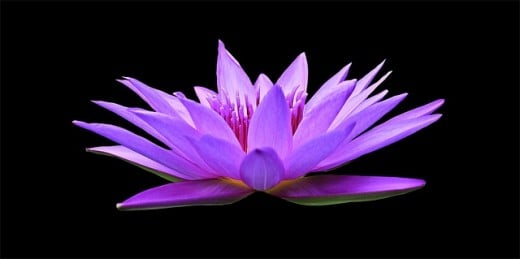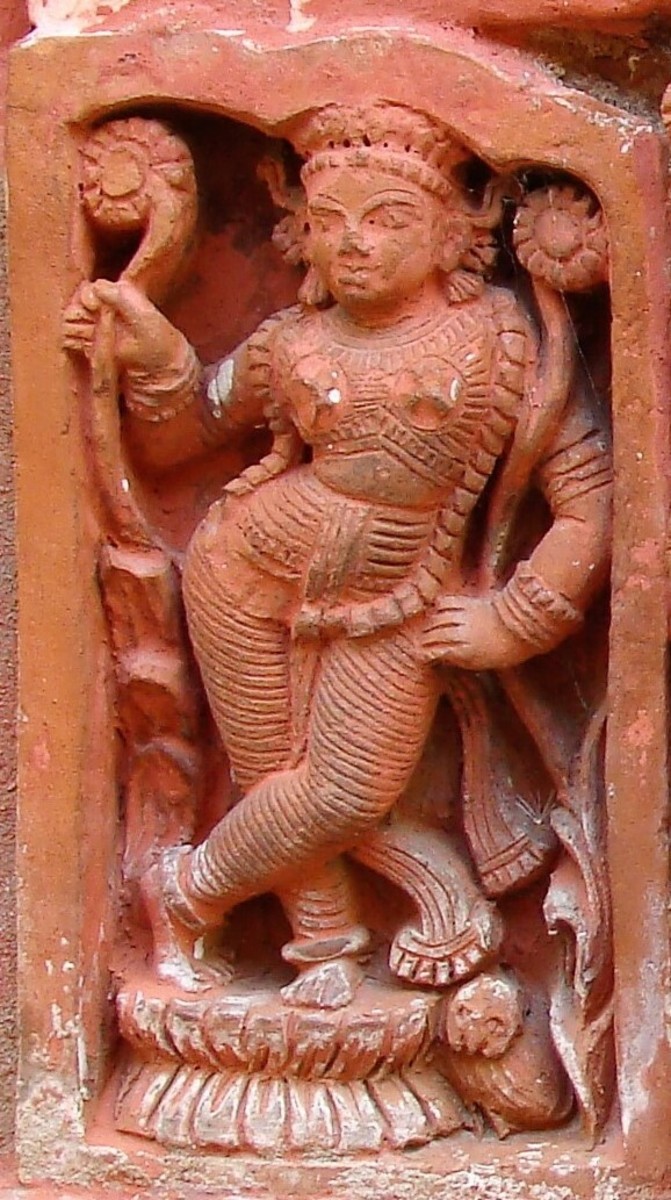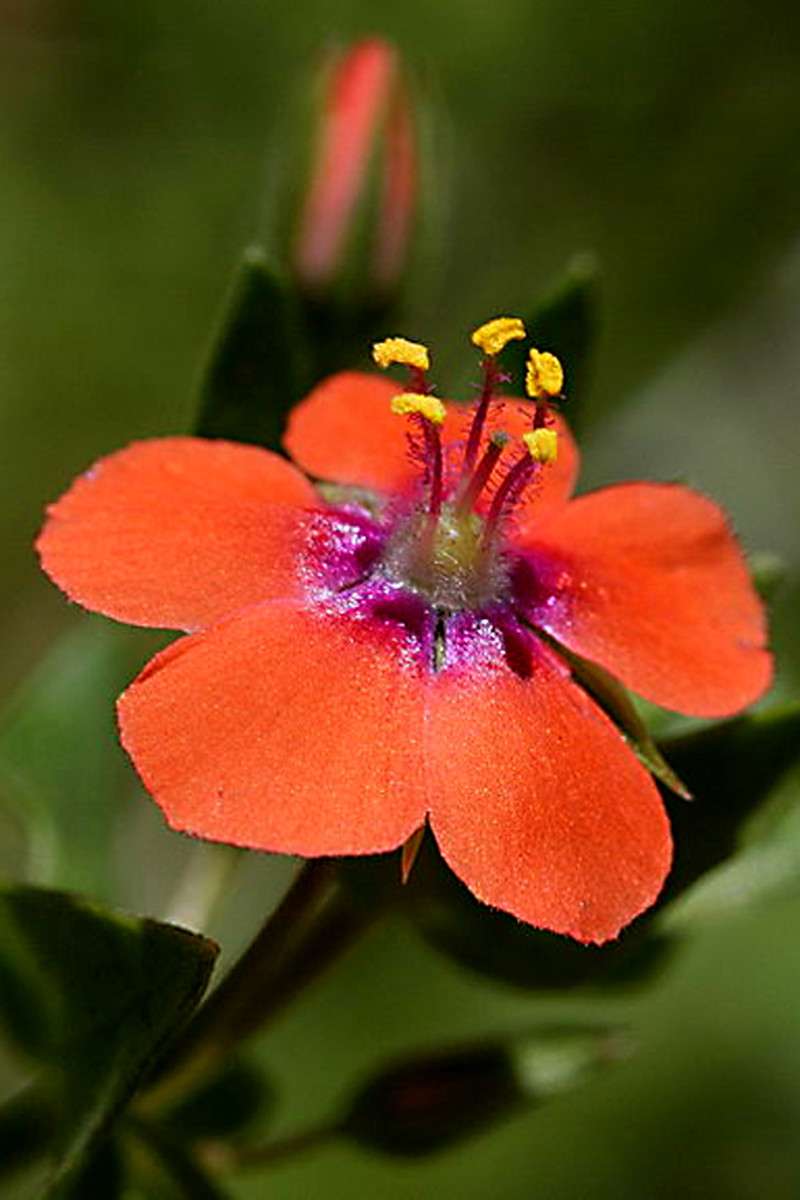The Lotus Meditation
In traditional Eastern spirituality the symbol of the lotus flower is often used to reflect and meditate on as a method of connecting to the inner self, or soul.
There are several reasons why the lotus has been chosen as a meditative object, and I outline some of those ideas as follows:
1) The roots of the lotus plant grow in the mud at the bottom of pools and ponds. The muddy soil represents the physical life that we each must live, 'rooted' in the soil of the Earthly world.
2) The stem of the lotus plant grows upwards from the roots, fixed in the mud. The stem is immersed in the water of the pool in which the lotus grows, and the water itself represents the emotional nature. The emotions are fluid and changeable, as is the water.
3) Finally, the bud of the lotus sits right on the top of the water surface, and it opens right there, in the sunlight. The open air represents the mind and the flower is the soul.

Four Levels of Being
So, the lotus represents symbolically, four levels of being or consciousness; the lowest level, the physical, in the mud, then the middle level of the emotions symbolized by water and sometimes called the astral level, and then the mental level in the open air, and finally the lotus flower itself as the unfolding soul. The lotus flower is the culmination of the other, lower levels.
Physical = Earth/Mud
Emotional = Water/Astral
Mental = Air/Mind
Spiritual = Lotus Flower
It is clear however, that we cannot get to the highest level unless we first grow upwards from the lowest level, rooted in the mud, in the darkness, far from the light of the mind and the soul.
It is the emotional development with all its inherent struggles that has to climb up out of the mud into the light and air, represented by the high-reaching stem.
Once the bud begins forming above the water level, then the mind and higher mental development takes place. There is a pause whilst this development is underway, and the light shining from the sun (The Source, or God) is the power which dynamically brings about the quickening that opens the flower and reveals the lotus itself.
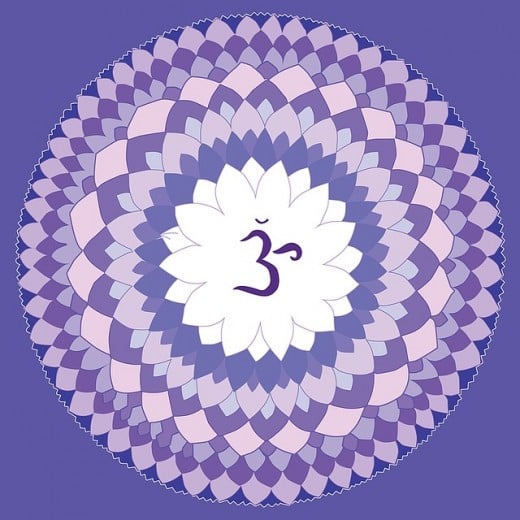
The Meditation
Now that you have a background to the symbolism of the lotus, you can take this knowledge with you into the meditation itself.
Find a comfortable spot that you like; usually this should be in a regular place such as a room that you keep aside for meditation, or a small space within a room that works for you.
Assuming that you are reasonably familiar with meditation, I suggest that you sit on a comfortable, straight-backed chair or on the floor perhaps on a cushion or yoga mat, either in The Lotus posture or the Half-Lotus posture, if you can do them. These two postures have added significance symbolically for this particular meditation. Allow around 15-20 minutes for this meditation, or longer if you are able to stay with it.
Begin by bringing your attention to your breathing; I like using the breath that I have coined The Energy Breath. This is a very simple breathing practice, consisting of long, deep and slow inhalations via the nostrils only, with mouth closed. The exhalations are long, deep and slow via the nostrils, also.
Just allow several of these Energy Breaths to ascend and descend as if travelling along the length of your spine. After a few of these, say three or four, allow the mind to imagine that a thread of golden light ascends from the tail bone all the way up to the top of the head. The Crown Chakra (one of the main energy centres of the Yoga system) found at the top of the head, becomes a radiant and glorious sun, shining out in all directions.
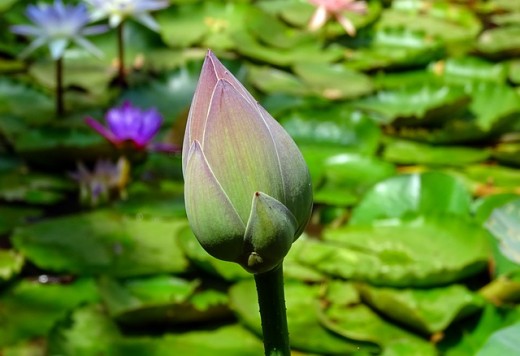
The Lotus Grows
Now, using the mind, let's see the roots of the lotus imbedded in the mud at the bottom of a pool of water. Take your time to really feel the roots gripping onto the bed of the pond. Feel the life-force being generated deep inside the roots. Using the Energy Breath, now breathe deeply into this feeling of being 'rooted.'
As the life-force is generated, imagine the stem breaking out of the solid clump of roots in the mud. The stem grows longer, green and smooth, and you breathe into the feeling of its life, imagining the life-force ascending up your spinal column as you do so.
The stem is ascending towards the glittering light at the surface of the pool. Feel that your emotions are growing spiritually as you perform this visualisation.
On a deep Energy Breath feel that the stem reaches the surface and has now developed a large, rounded green bud. The bud rests sublimely on the surface.
Being aware of the bud, the mind feels calm and still. The mind is silent. Breathe into this several times, feeling the light and colour that is developing inside the bud.
The Lotus Opens
Now visualise the lotus flower emerging. It can be of any colour that you like, or you can let the imagination 'surprise' you if you will. I like to see a pure white lotus flower. See if you can see and feel the petals opening.
Feel the energy of the sun drawing out the flower, opening it layer by layer. It is said that the Crown Chakra has one thousand petals, or lines of energy radiating out from its centre. Perhaps your lotus too, has so many petals unfolding that you cannot possibly count them. They open and unfold, layer after layer, after layer.
Let the colour of the lotus mesmerize you. Allow a heady scent to emerge from within its deepest centre. Can you smell it? If so, what does it smell like? Honeysuckle? Vanilla essence, perhaps?
Stay with the sight and smell of the unfolding lotus flower, using the Energy Breath to give it life.
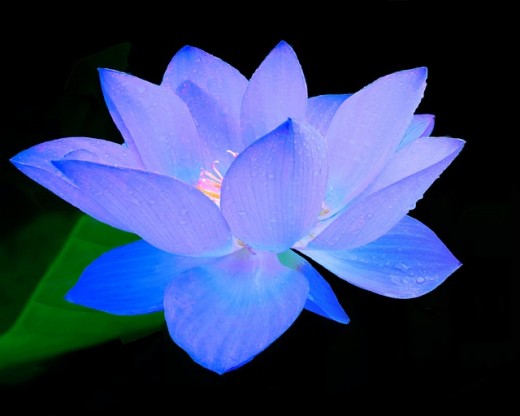
The Jewel in the Lotus
Gazing deeply into the lotus, you can now see right down inside it, from above. Looking into the deep inner centre, you can sense something there. You can see a glimmer of light shining right at the heart of the lotus. Now you see that it's a jewel, and it's shining with an inner light of its own.
Try and feel that you have become the lotus. You are the jewel in the centre, scintillating light in all directions. Your jewel can be a diamond, purely cut in many facets, or it might be an emerald, of glittering green. Perhaps it's a ruby of bright scarlet or a topaz of glittering blue. The jewel can be any colour or type that you wish, or you may even allow the mind to surprise you when the blooms finally open and reveal the jewel. It might even be a pink pearl that reveals itself, or some other kind of precious gemstone.

Breathing deeply with the Energy Breath, stay with the jewel in the lotus, and allow it to shine, glitter and sparkle as much as you can or will it to. Can you see an inner, pulsating light deep at the centre of the jewel? Go right into that, and become the jewel itself.
As you focus on the perfected jewel, you recognise that this jewel in the lotus is in fact, your own Self, the Soul, the imperishable and permanent Being. You are not the roots anchored in the mud, nor the stem reaching up through the water, nor even the flower from the bud. All of these are only necessary steps along the way. The real Self is the jewel. You are that jewel.
Slowly allow the mental images to fade out, but stay with the inner presence of the jewel if possible, feeling its life-force and essence within your heart and mind. Bring your attention to the breathing and gently let everything go on a calming out-breath.
When you are ready, you may open your eyes and come back to your normal routine. Try and maintain some of the feeling generated by this meditation, as you go about your daily life, knowing inwardly that you are the spiritual jewel at the centre of all your outer, mundane affairs.
